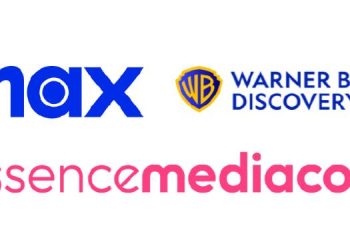Viacom and Time Warner are in talks with advertisers to potentially have sponsors begin paying for ads based on how ads effect consumers, rather than the currently used Nielson rating – a measurement to gauge how many people see the ads.
The change further solidifies the shrinking role television is playing in the industry.
Mary Ellen Barto, vice president of brand media at Arby’s, which still spends more than $50m on TV advertising, said that marketers face many tasks within the changing industry.
“Consumers now have so many options for how to spend their time and where and when they access content,” she addedy. “It has really become increasingly challenging for marketers to know where to invest their dollars for maximum effect.”
Ultimately, the Viacom talks could expand to include agreements about consumer involvement with ads based on social media, it was reported.
If these deals gain traction they could place pressure on Nielsen, which has for decades been the de facto arbiter of TV success. Advertisers in US pay for TV commercials based on a measure known as “C3,” which includes views of ad breaks that take place as many as three days after the commercials air. Some have begun to use “C7,” which incorporates a week’s worth of commercial views. Marketers typically pay most for views by audiences between the ages of 18 and 49.
Success is not guaranteed. The deals require a closer working relationship with the TV networks than some advertisers might prefer, said one media-buying executive with knowledge of the discussions. Indeed, the Turner offer requires the advertiser to get involved with higher levels of placement on the networks or potentially helping the network get attention for its programs, according to ad buyers. Some advertisers may not wish to share marketing goals, the media-buying executive said, because doing so might tie the marketer more closely to a particular media company, leaving less room for flexibility. What’s more, the media buyer suggested, sharing granular marketing goals could give TV outlets leverage to charge advertisers more for helping them reach the audiences they most covet.

















